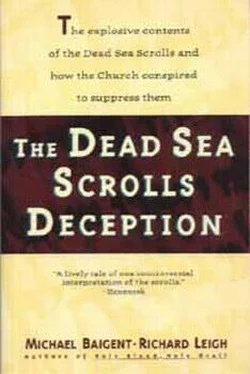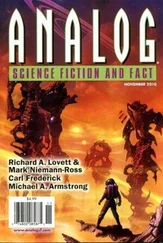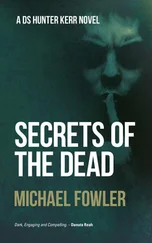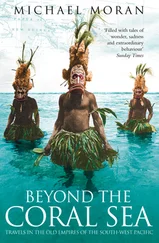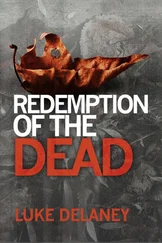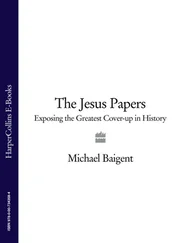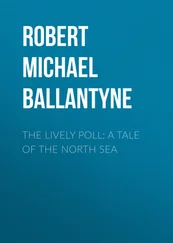While British archaeologists in Egypt and Palestine followed in Schliemann’s footsteps, the Germans refined and elaborated his procedures. German archaeology endeavoured to do, in fact, what
Flaubert, in Salammbô, had done in fiction — to re-create, down to the most minute detail, the entire milieu and society from which specific archaeological artefacts had issued. This, needless to say, was a slow, painstaking process, requiring much care and inexhaustible patience. It did not just involve the excavation of ‘treasures’, or of monumental structures. It also involved the excavation and reconstruction of administrative, commercial and residential buildings. Using this approach, Robert Koldeway, between 1899 and 1913, excavated the ruins of Babylon. From his work, there evolved a coherent and comprehensively detailed picture of what had previously, to all intents and purposes, been a ‘lost civilisation’.
The archaeological advances of the 19th century stemmed in large part from Schliemann’s critical scrutiny of Homer’s epics, his methodical scientific insistence on disengaging fact from fiction. It was, needless to say, only a matter of time before scripture itself was subjected to the same sort of rigorous scrutiny. The man most responsible for this process was the French theologian and historian Ernest Renan. Born in 1823, Renan embarked on a career in the priesthood, enrolling in the seminary of St Sulpice. In 1845, however, he renounced his intended vocation, having been led by Germanic biblical scholarship to question the literal truth of Christian teaching. In 1860, Renan embarked on an archaeological journey to Palestine and Syria. Three years later, he published his famous (or notorious) La vie de Jésus, {The Life of Jesus), which was translated into English the following year. Renan’s book sought to demystify Christianity. It portrayed Jesus as ‘an incomparable man’, but still a man — an eminently mortal and non-divine personage — and formulated a hierarchy of values which today would be called a form of ‘secular humanism’. Renan was no obscure academic or fly-by-night sensationalist. On the contrary, he was one of the most esteemed and prestigious intellectual figures of his age. As a result, The Life of Jesus created one of the greatest upsets in the history of 19th-century thought. It became one of the half-dozen or so best-selling books of the entire century, and has never subsequently been out of print. For the ‘educated classes’ of the time, Renan became as much a household name as Freud or Jung might be today; and, in the absence of television, he was probably much more widely read. At a single stroke, The Life of Jesus transformed attitudes towards biblical scholarship almost beyond recognition. And for the next thirty years of his life, Renan was to remain a thorn in the Church’s side, publishing subsequent works on the Apostles, on Paul and on early Christianity in the context of imperial Roman thought and culture. He produced two epic series of texts, Histoire des origines du christianisme (1863-83) and Histoire du peuple d’Israel (1887-93). It is no exaggeration to say that Renan released from its bottle a genie which Christianity has never since managed to recapture or tame.
At the same time, of course, Rome was being buffeted from other quarters as well. Four years before The Life of Jesus, Charles Darwin had published The Origin of Species, and followed it in 1871 with The Descent of Man, a more theologically oriented work which questioned scriptural accounts of the creation. In Darwin’s wake, there followed the great age of English agnosticism, exemplified by Thomas Huxley and Herbert Spencer. Influential and widely read philosophers — Schopenhauer, for example, and particularly Nietzsche — were also challenging, even blasphemously demolishing, conventional Christian ethical and theological assumptions. Under the doctrine of ‘ l’art pour l’art’, the arts were becoming established as a self-contained religion of their own, moving into sacred territory which organised religion seemed increasingly to have abdicated. Bayreuth became, in effect, the temple of a new cult, a new creed; and well-educated Europeans deemed it quite as acceptable to be ‘a Wagnerian’ as to be a Christian.
The Church was under sustained political attack as well. In 1870-72, Prussia’s shattering victory in her war with France, and the creation of the new German Empire, produced, for the first time in modern history, a supreme military power in Europe which owed no allegiance whatever to Rome. To the extent that the new empire was Christian at all, it was Lutheran; but the Lutheran Church, to all intents and purposes, was little more than an adjunct of the War Office. Most traumatic of all, Garibaldi’s partisan army, by 1870, had finally effected the unification of Italy — had captured Rome, had wrested the Papal States and all other territory from the Church, and reduced Catholicism to the status of a non-secular power.
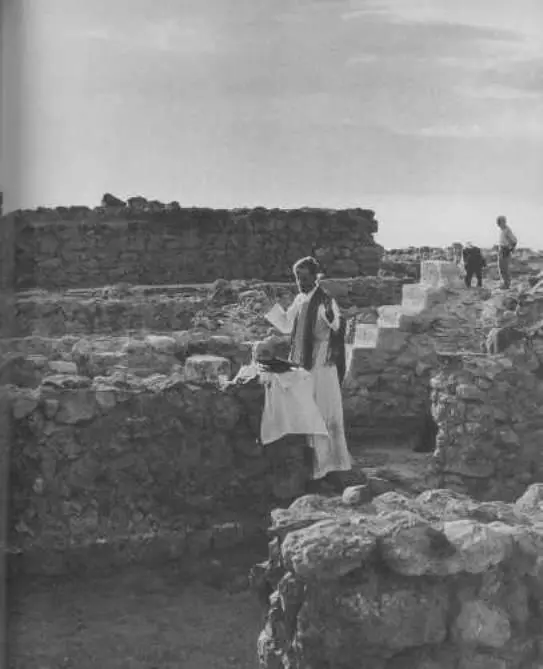
16. Father Jean Starcky celebrating Mass at the ruins of Qumran prior to the day’s archaeological excavations.
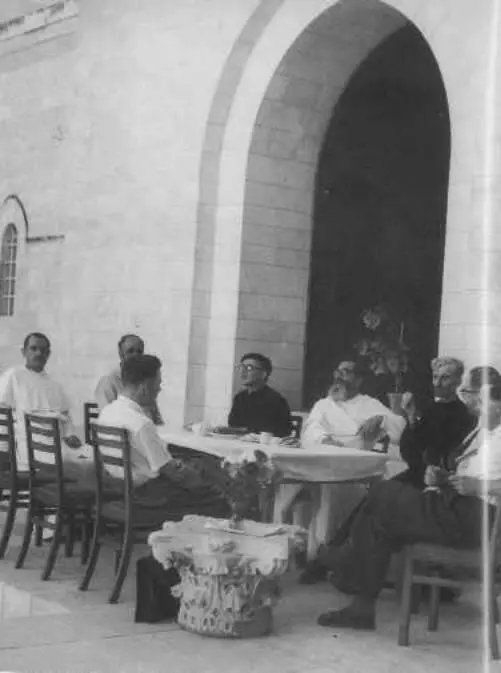
17. Members of the international team at the Rockefeller Museum, Jerusalem, working on the scrolls from Cave 4. Centre, bearded, is Fathc de Vaux, with Father Milik to his right and Father Starcky to his left. John Allegro is seated to the right of the illustration.

18. Members of the international team working on scroll fragments in the ‘Scrollery’: (left to right) Father Patrick Skehan, John Strugnell, John Allegro.
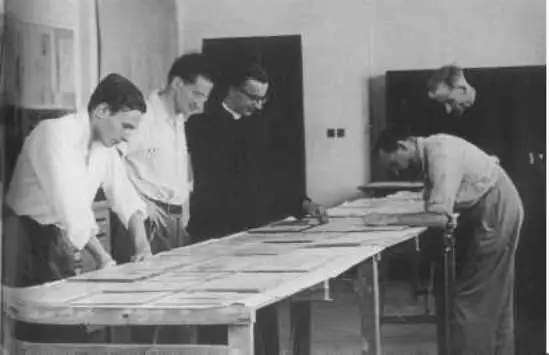
19. (left to right) John Strugnell, Frank Cross, Father Milik, John Allegro and Father Starcky.
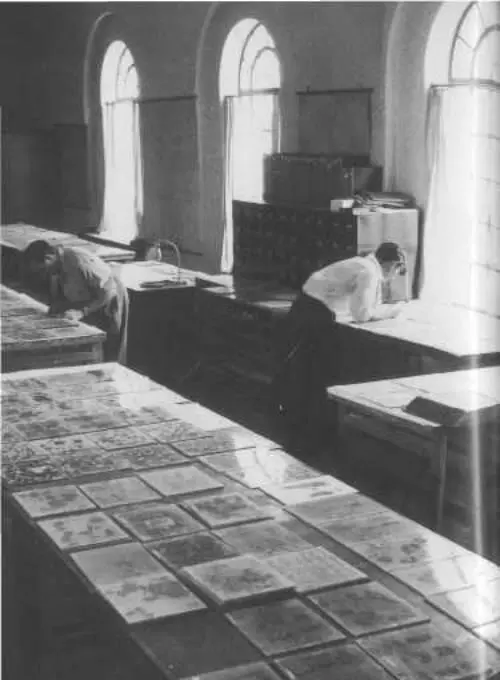
20. John Allegro and John Strugnell working in the ‘Scrollery’.
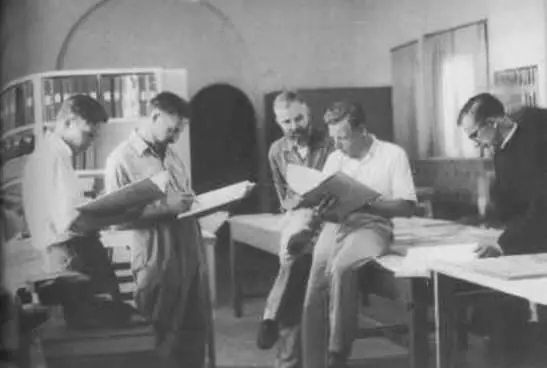
21. (left to right) John Strugnell, John Allegro, Father Skehan, Dr Claus-Hunno Hunzinger and Father Milik.

22. John Allegro working on the ‘Nahum Commentary’ in the ‘Scrollery’.
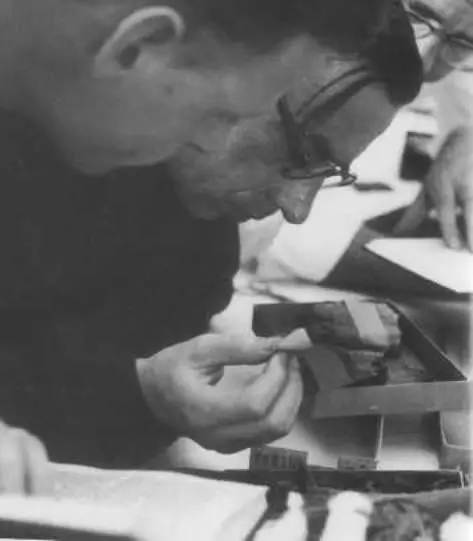
23. Father Milik, flanked by Dr Hunzinger and Father Benoit, studying some newly purchased scroll fragments in January 1956. The fragments probably came from Cave II.

24. Dr Hunzinger in January 1956 holding the ‘Psalms Scroll’ from Qumran, Cave II. This scroll was not to be published until 1965.
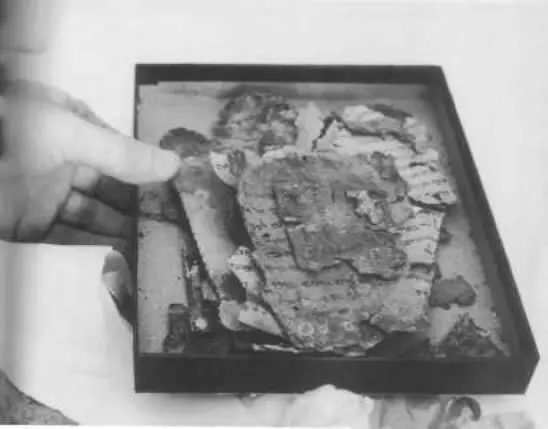
25. Scroll fragments as they were brought in by the Bedouin who discovered them in January 1956.
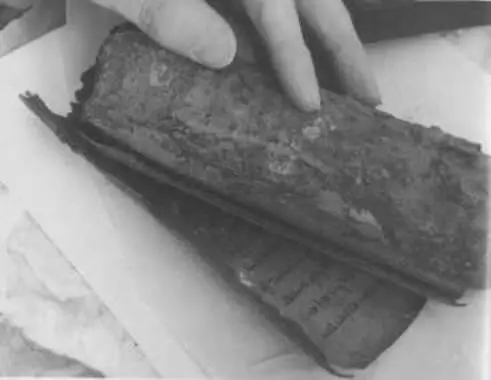
26. The ‘Psalms Scroll’ from Cave II before it was unrolled.
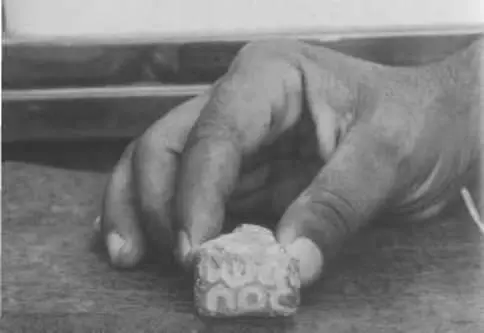
27. A seal found at the Qumran ruins with, curiously, the owner’s name, ‘Josephus’, written in Greek rather than Hebrew or Aramaic.
Beleaguered by onslaughts from science, from philosophy, from the arts and from secular political powers, Rome was more shaken than she had been at any time since the beginning of the Lutheran Reformation three and a half centuries before. She responded with a number of desperate defensive measures. She sought — vainly, it anspired — political allegiances with Catholic, or nominally Catho-ic, powers, such as the Habsburg Empire. On 18 July 1870, after a vote by the First Vatican Council, Pope Pius IX — characterised by Metternich as ‘warm of heart, weak of head and lacking utterly in common sense’ 9 — promulgated the dogma of Papal Infallibility. 10And to counter the depredations being wrought on scripture by Renan and German biblical scholarship, the Church began equipping her own cadres of meticulous scholars — elite intellectual ‘shock troops’ who were supposed to confront Catholicism’s adversaries on their own ground. Thus arose the Catholic Modernist Movement.
Читать дальше
